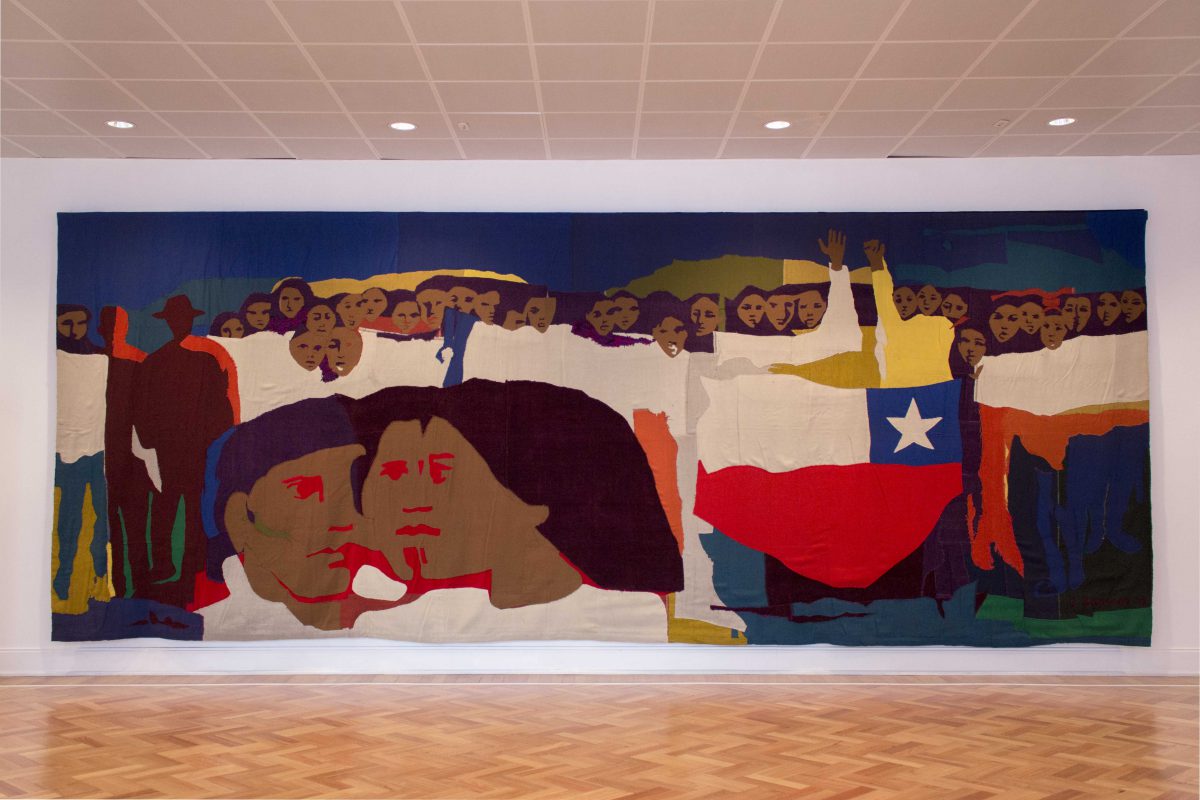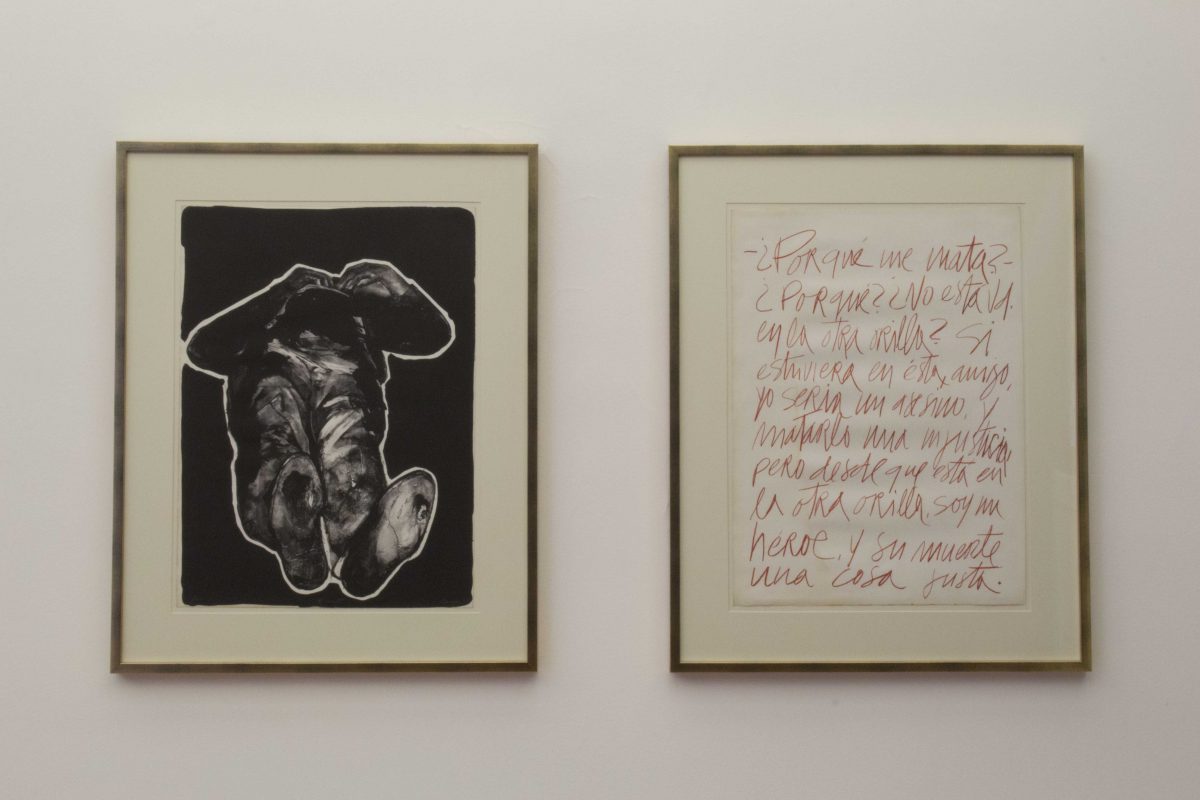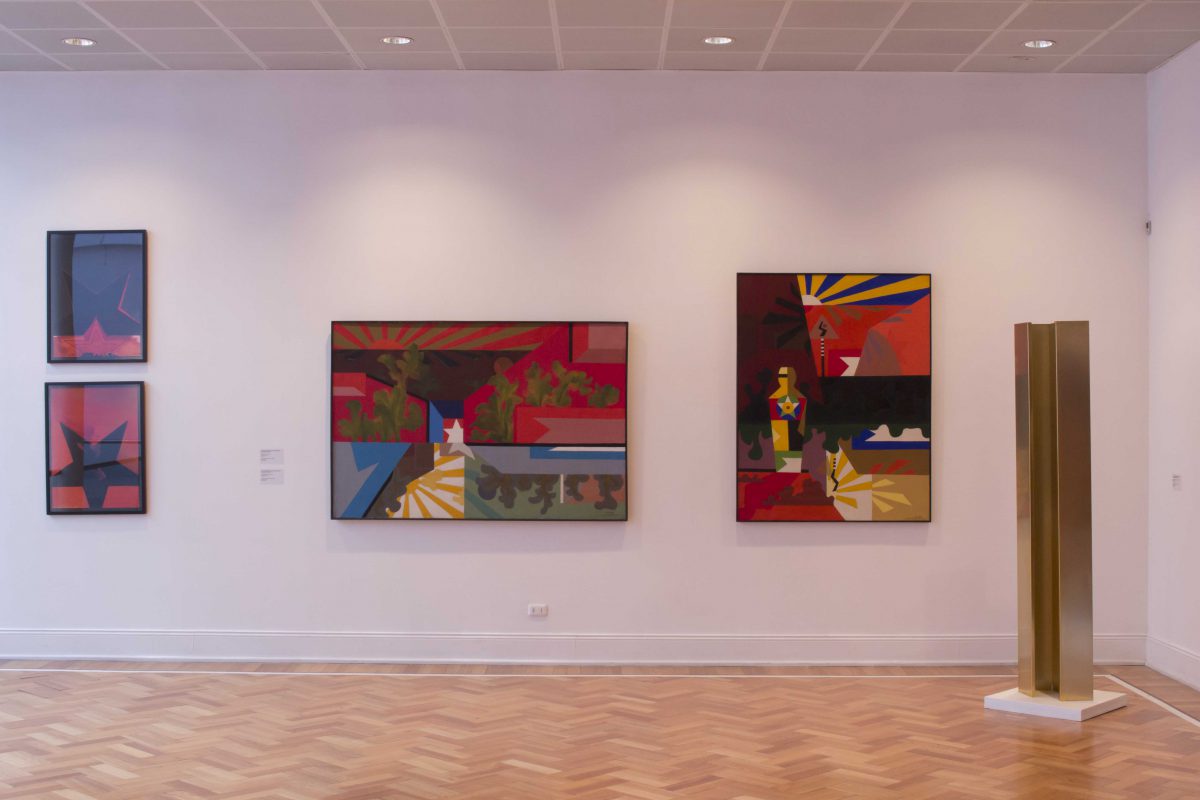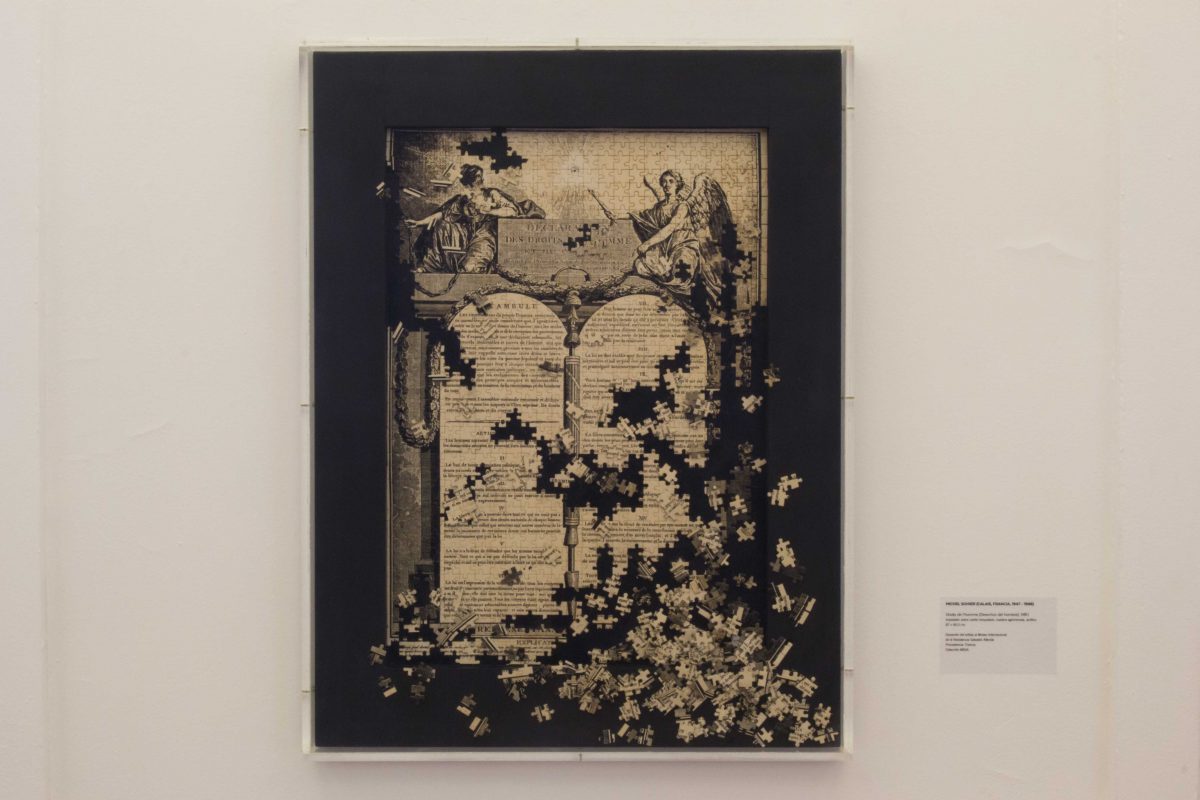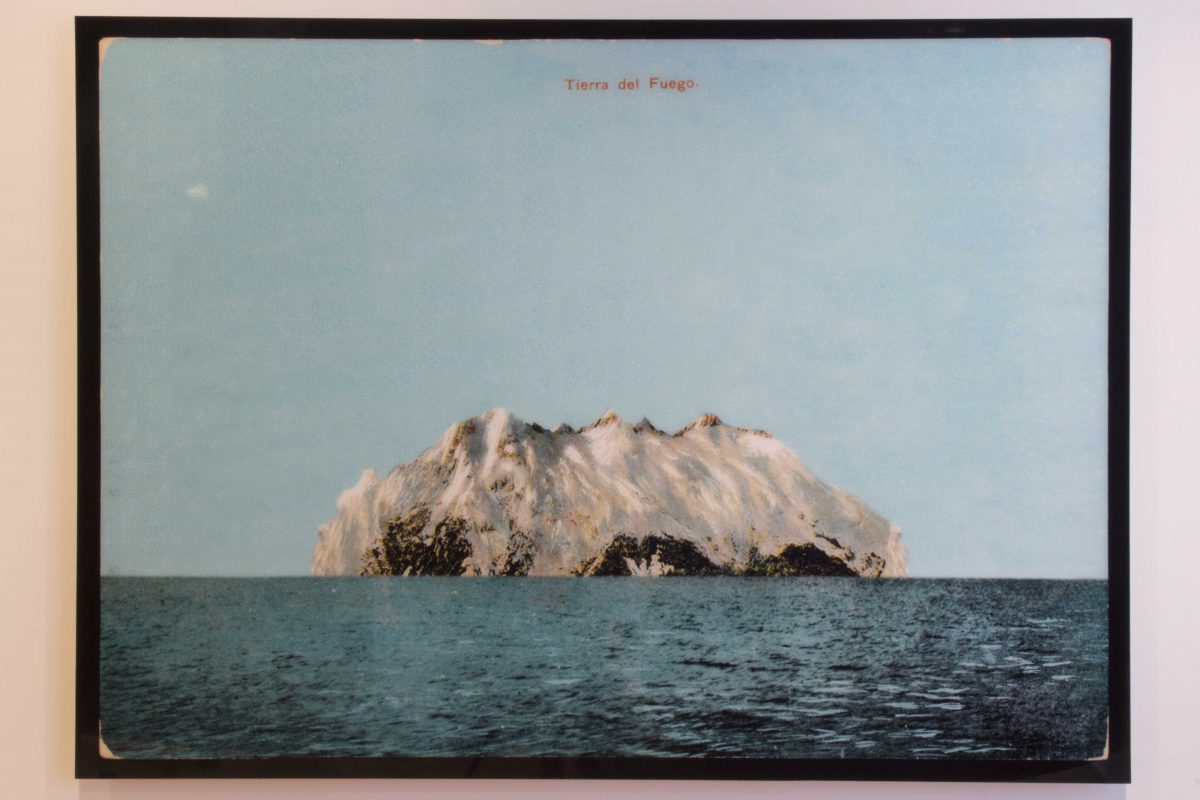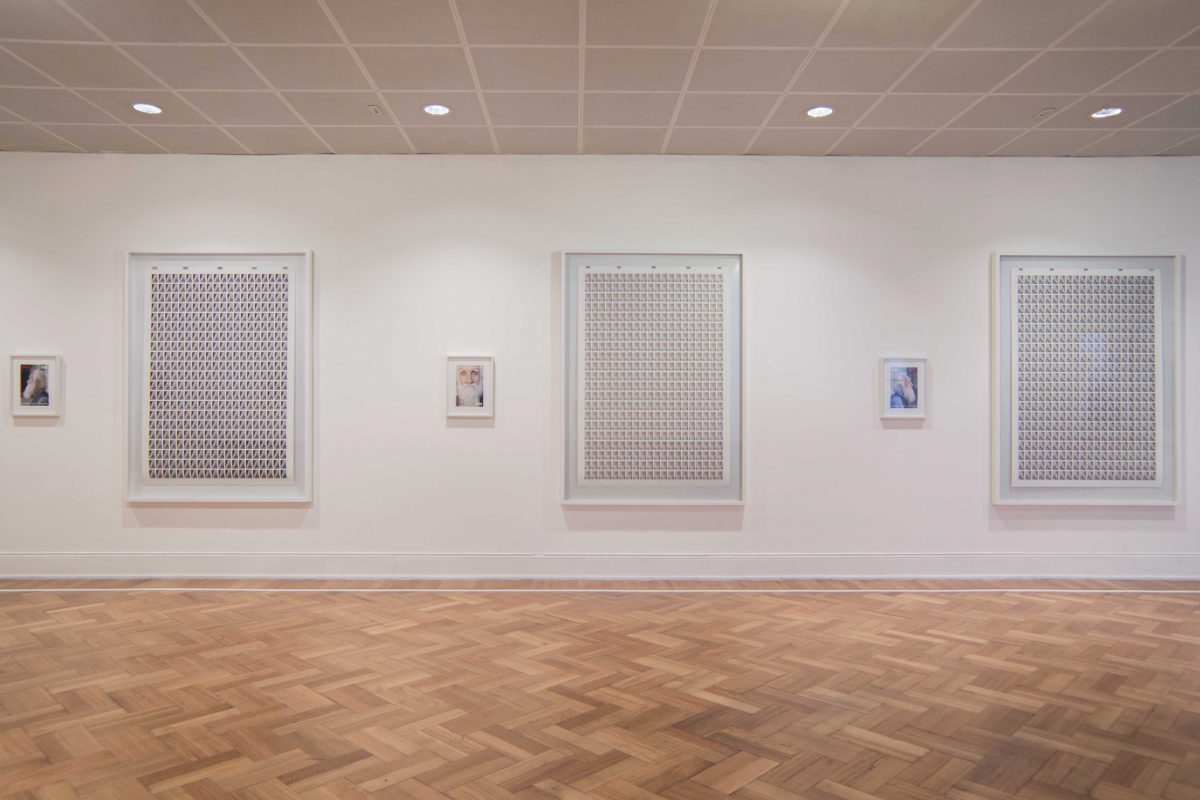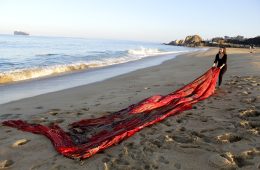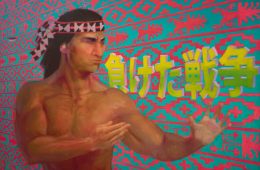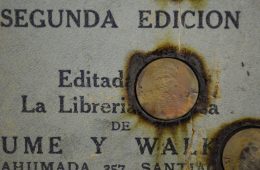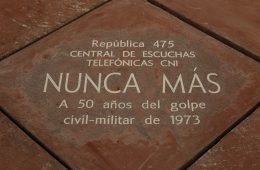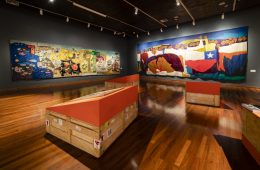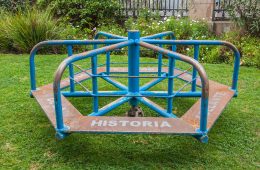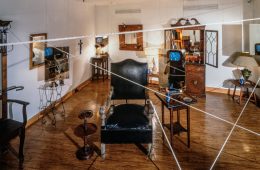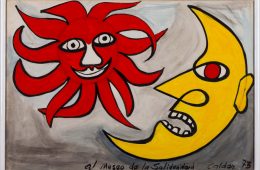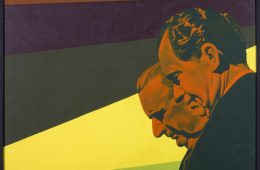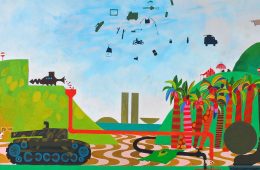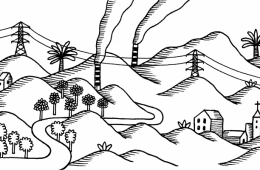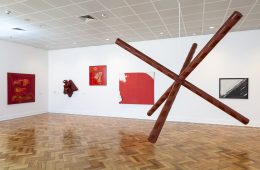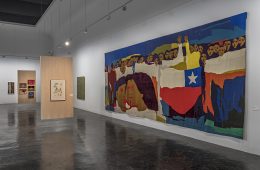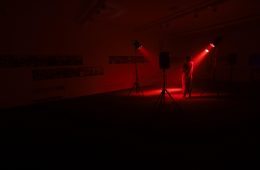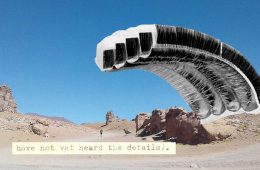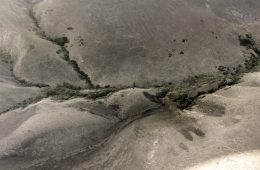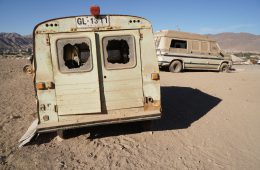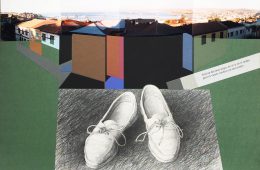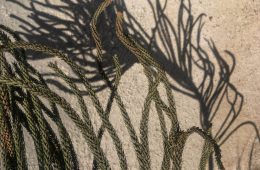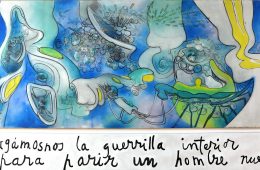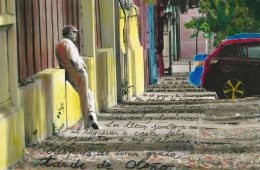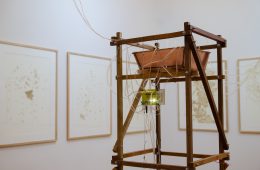Utopia may be represented through different symbolic forms, widespread among which is the island form, a figure which appears in Thomas Moore’s 1516 text “De optimo Reipublicae statu, deque nova insula Vtopiae”. Or the fantastic kingdom conceived by Margaret Cavendish, Dutchess of Newcastle, in her 1666 novel “The Description of a New World, Called The Blazing-World”, in which she could be a hero, an empress, an explorer and the founder of a scientific society. Dedicated to the female gender, the author created a fictitious world in which women could exercise roles of power which were then unconceivable for her and her Western peers.
Utopia lingered behind the many historical processes which gave context and support to the foundation of the Museo de la Solidaridad (Museum of Solidarity) and the formation of its collection since 1971. Utopia is a “non-place” which is desired, sought after or constructed; it demands will, energy and exploration. Crisis instead derives from processes unleashed by unsustainable situations ripe with difficulties, conflicts, abrupt changes. It is said that the lack of utopia triggers crises; that utopias are most needed in times of crisis. But utopias suffer their own crises as well.
Through a selection from our collection of artworks of diverse national and cultural provenance, the exhibition offers challenging points of view regarding various crises in political and ideological models, as well as a particular gaze into the representation of utopias. We invite the public to discover in these artworks, created between 1967 and 2010, the many approaches marked by multiple and diverse geographies, experiences and creative languages. Some, stemming from the social role of the artist, render crisis situations visible and represent utopia-inspired historical processes, while others invite us to discover and explore poetic constructions of this “non-place” in their works, microscopic utopian universes only accessible from the fantastic imaginary deployed by the artists in the MSSA collections: the artists of the world.
The selection of works in the exhibition has been renewed this second semester, with the aim of widening the view on the question of utopia —a key concept in the origins of the Museo de la Solidaridad and the formation of its collection, made possible thanks to the many donations of works by artists of the world in solidarity with the democratic socialism project of Salvador Allende and the worldview it stood for.
About Caroll Yasky
Caroll Yasky is an Art Historian graduated at Universidad de Chile. She joined MSSA as Head of Collections in 2013. She has worked at Art museums in Santiago since 1999, when she joined the Museo de Arte Contemporáneo, Universidad de Chile, MAC (Museum of Contemporary Art). At MAC she was Head of Communications (1999-2005), Publications Editor (2006-2007) and Head of Collections (2007-2013). She holds a Master’s degree in Museum and Galleries Management by the City University of London, being awarded the British Chevening/Fundación Andes scholarship of 2002. In 2010 she was awarded the Getty Conservation Institute/Federal University of Minas Gerais grant for participating in the second CIMCA convention on Modern and Contemporary Art conservation in Belo Horizonte, Brazil, where the state of contemporary art conservation in Latin American was addressed.
Her work combines research in art collections as well as art collections history, conservation and curatorship. Some of her recent publicly-funded institutional projects are: the ‘Resistencia’ (1975-1990) Collection Catalogue Raisonée, (MSSA, 2014-2016); the first phase of the MAC Collections Catalogue Raisonée (MAC, 2012-2013); “Chile años 70 y 80, Memoria y Experimentalidad” [1970s-1980s Chile: Memory and Experimentality] (MAC, 2010). She has also been a curator for the MSSA Collection exhibitions “Restitución y Resistencia: Carl Andre, 1972-2015 [Restitution and Resistance: Carl Andre, 1972-2015] (2016 –2017), and “Carmen Waugh: las donaciones chilenas de los noventa” [Carmen Waugh: Chilean donations from the nineties] (2015 –2016).
